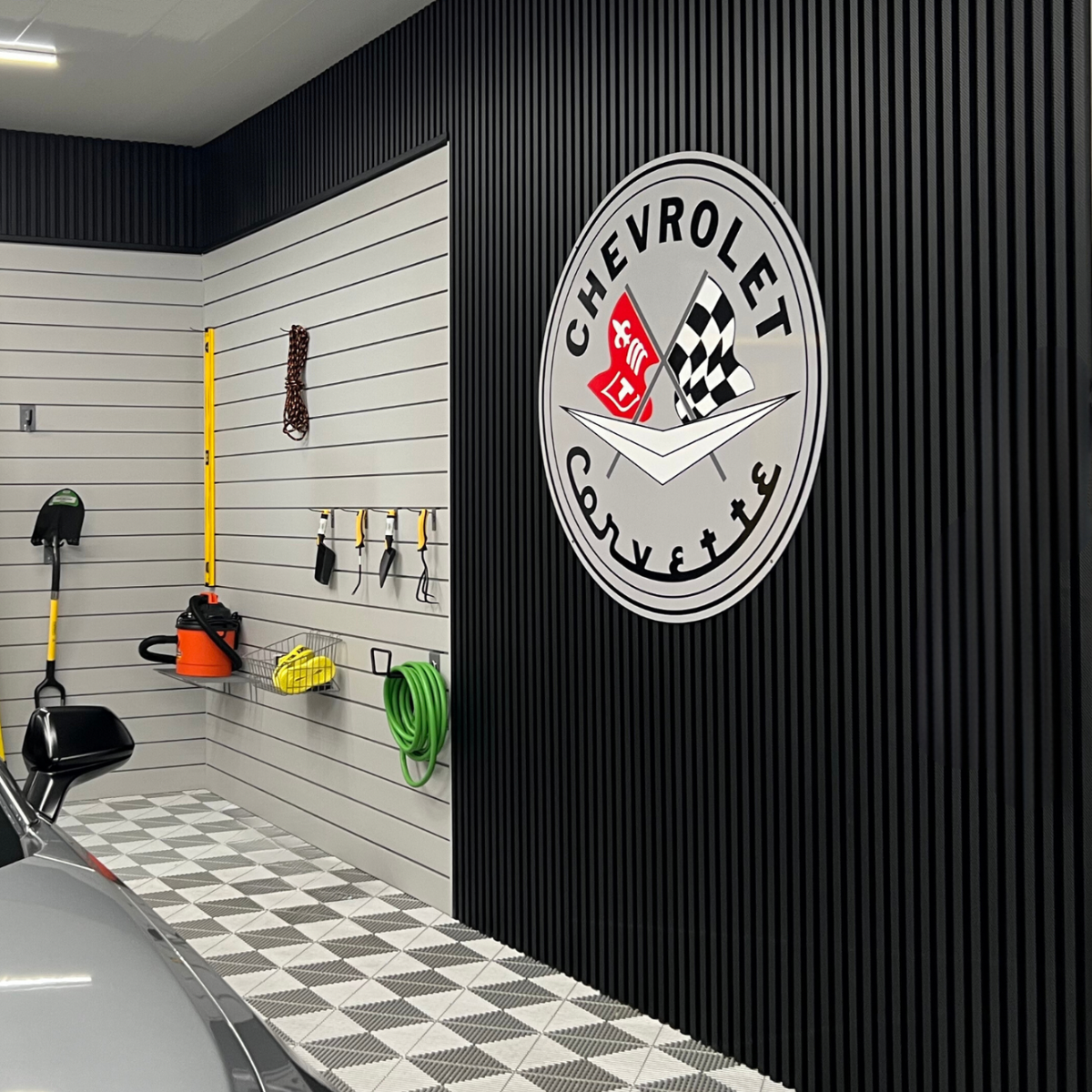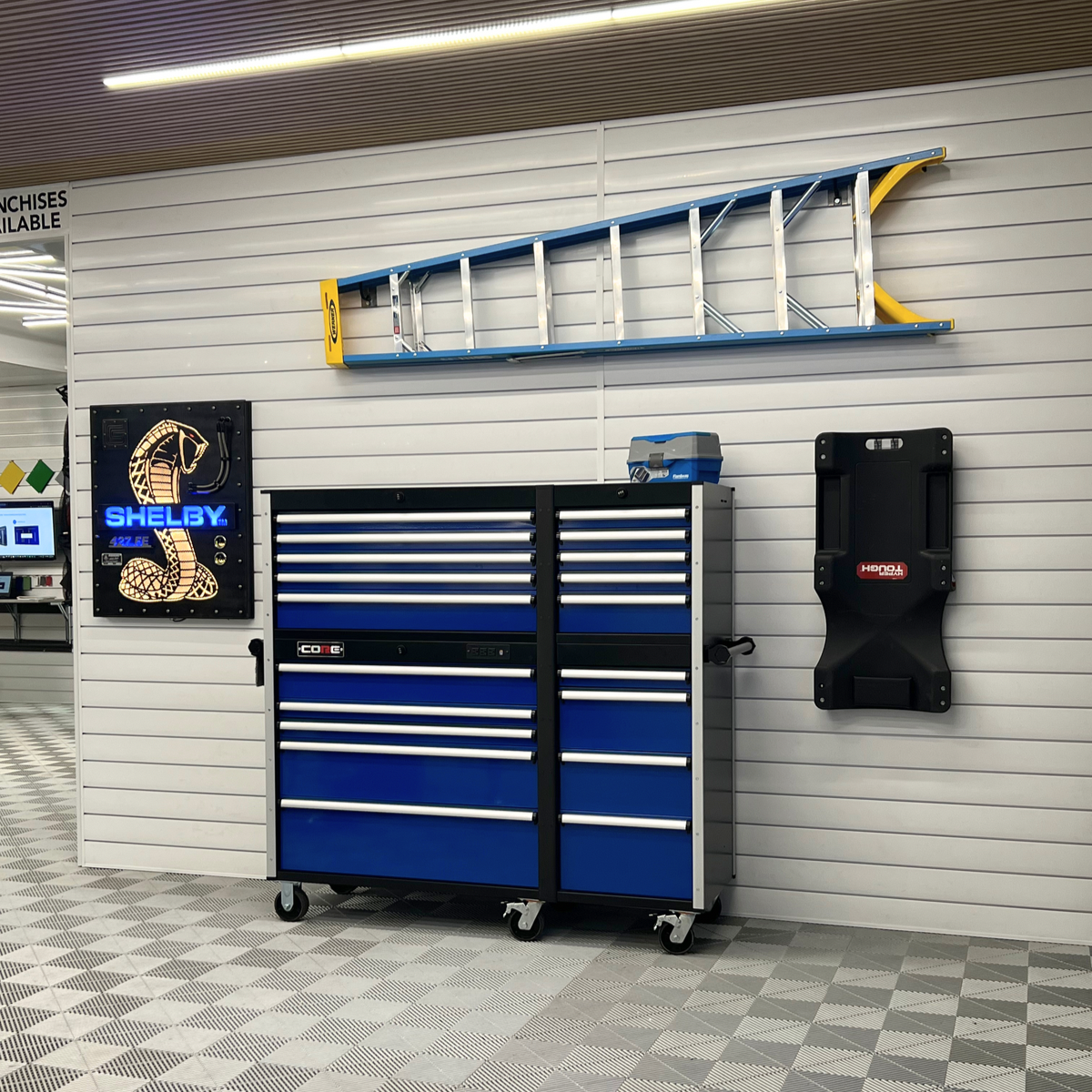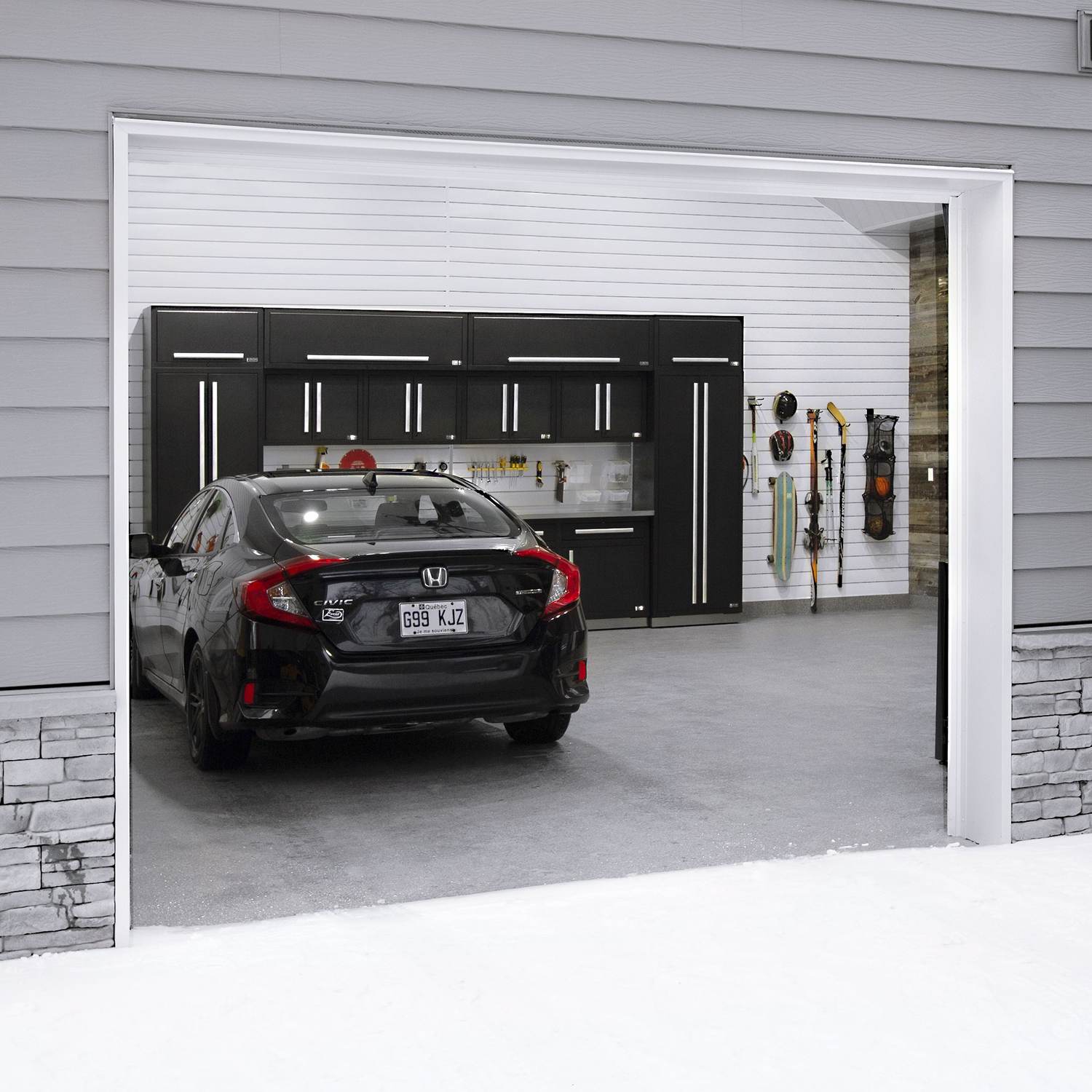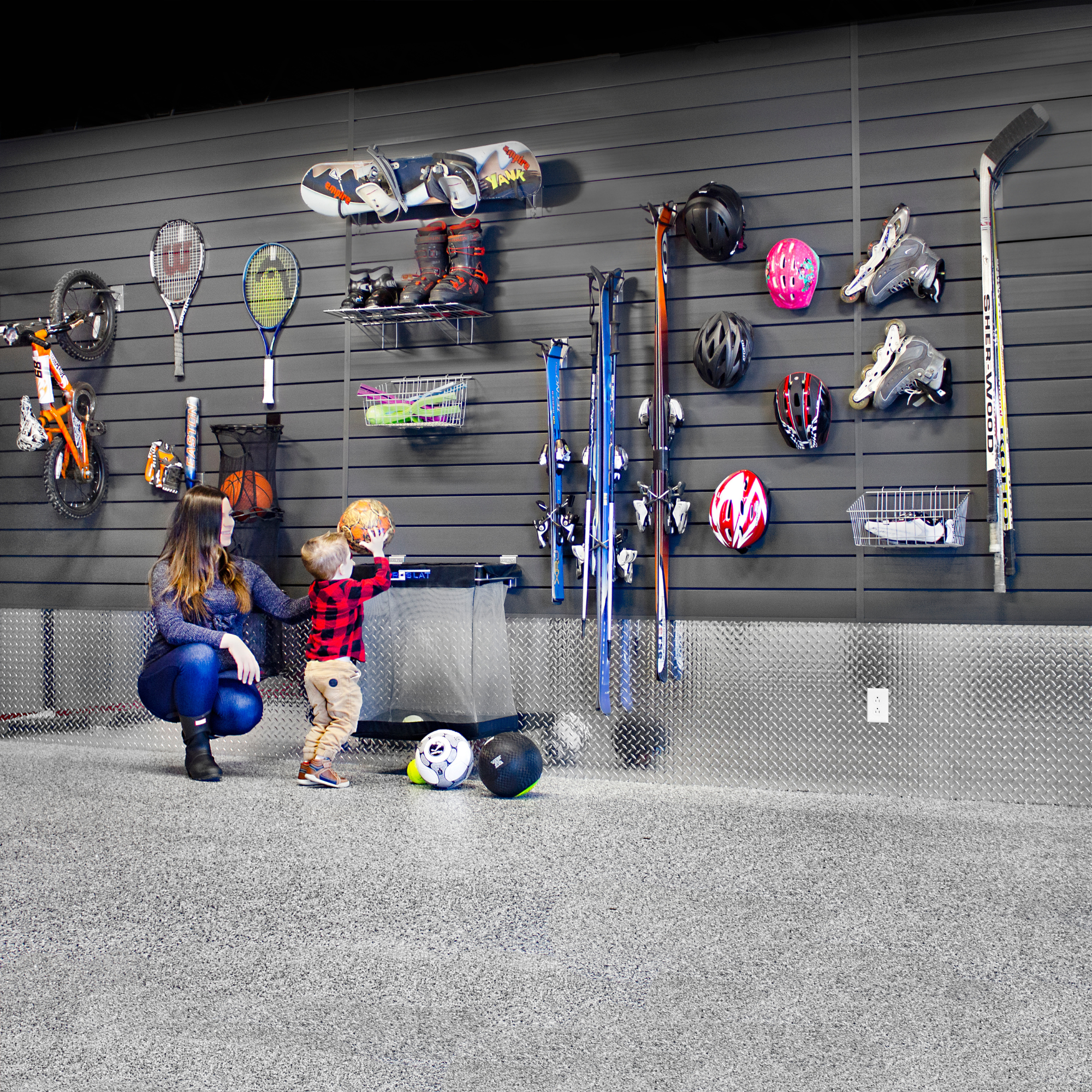Things are not always as they seem.
Imagine yourself standing in a store looking at an array of new printers. They run the gamut in price and you find two of them with the features you need and in a price range you want. One costs less and looks like the better choice … but wait! Find out the cost of and life expectancy of the ink – and then do the same thing for the higher priced model. If that second model has ink at half the price and lasts twice as long … who has spent more money at the end of a year?
This scenario applies to many of the products we use today. Take for example, slatwall and trackwall systems. On the surface, the box of slatwall is more expensive than trackwall so the choice seems obvious. The temptation is to go with the lower cost – after all, they both do the same thing don’t they? If you need to store items on your walls does it matter if they hang from a slatwall panel or a track? Not really. But what might matter is how much you want to hang. If you compare what that box of slatwall will cover with what the trackwall will cover, you will generally end up with 20 times the storage space if you go with slatwall. You will also want to know what’s included in each choice – are screws and endcaps included or do you need to purchase them separately? If you calculate how much of track you will need to cover the same amount of wall, you may find that the track system is actually costing you more than that box of slatwall. So, once again, who has spent more money now?
When we see what appears to be a generous offer, we want to believe. Our rational brain says “hold on a minute” but our emotional brain says “I want it and look at that price!” If we could train ourselves to take a step back and consider the situation, we might remember that manufacturers are not really in the business of saving us money. They need to maintain their profit margins, so it’s in there somewhere – hiding and hoping no one comes looking. At this point, you need to tell yourself, if it seems too good to be true – dig deeper. Read the fine print, ask for all the details. Are you paying over time? If so, what are the monthly payments? Then do the math and you will come up with what that deal is really going to cost you.
Human nature being what it is, we often opt for the short term gain. It is generally the easier path to take and the reward is often right in front of us. But all too often that short term gain masks some long term pain. Find a trigger that reminds you to hit a mental “pause” button that gives you a moment to step back and think clearly. Remember the old warning “act in haste, repent at leisure” the next time you see one of those “too good to be true” offers.
Take the time to do the math.









Leave a comment
All comments are moderated before being published.
This site is protected by hCaptcha and the hCaptcha Privacy Policy and Terms of Service apply.